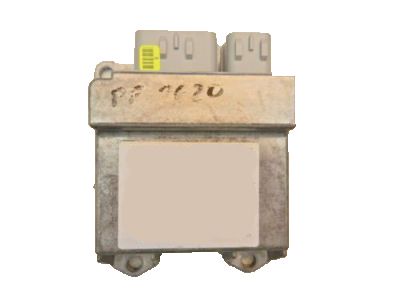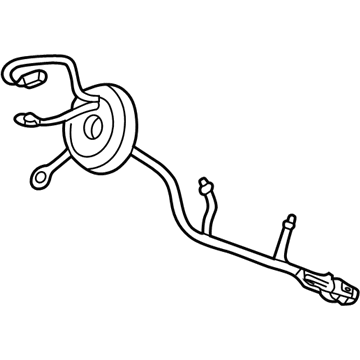FordParts
My Garage
My Account
Cart
OEM 2005 Ford F-350 Super Duty Air Bag Control Module
SRS Airbag Module- Select Vehicle by Model
- Select Vehicle by VIN
Select Vehicle by Model
orMake
Model
Year
Select Vehicle by VIN
For the most accurate results, select vehicle by your VIN (Vehicle Identification Number).
1 Air Bag Control Module found

2005 Ford F-350 Super Duty Control Module Part Number: 5C3Z-14B321-BA
Product Specifications- Other Name: Sensor Assembly - Airbag; Air Bag Control Module; Diagnostic Module; Sensor Assembly - Air Bag
- Base No.: 14B321
- Item Weight: 1.10 Pounds
- Item Dimensions: 6.3 x 5.9 x 2.2 inches
- Condition: New
- Fitment Type: Direct Replacement
- SKU: 5C3Z-14B321-BA
- Warranty: This genuine part is guaranteed by Ford's factory warranty.
2005 Ford F-350 Super Duty Air Bag Control Module
If you're seeking quality and affordability, look no further than our extensive inventory of genuine 2005 Ford F-350 Super Duty Air Bag Control Module available at FordPartsDeal.com. You can confidently purchase our OEM 2005 Ford F-350 Super Duty Air Bag Control Module as they are supported by the manufacturer's warranty and our hassle-free return policy, alongside the benefit of our fast delivery service.
2005 Ford F-350 Super Duty Air Bag Control Module Parts Q&A
- Q: Is the Orientation of the Air Bag Control Module Critical for Proper Supplemental Restraint System (SRS) Operation on 2005 Ford F-350 Super Duty?A: The restraints control module (RCM) is an essential component of the air bag system with its orientation. Inspect and replace broken RCMs and sensors after a collision. Never forget to put safety glasses on and do not use memory savers. Install and set up the RCM properly and make sure the air bag indicator is working properly to verify that the system is operating.














